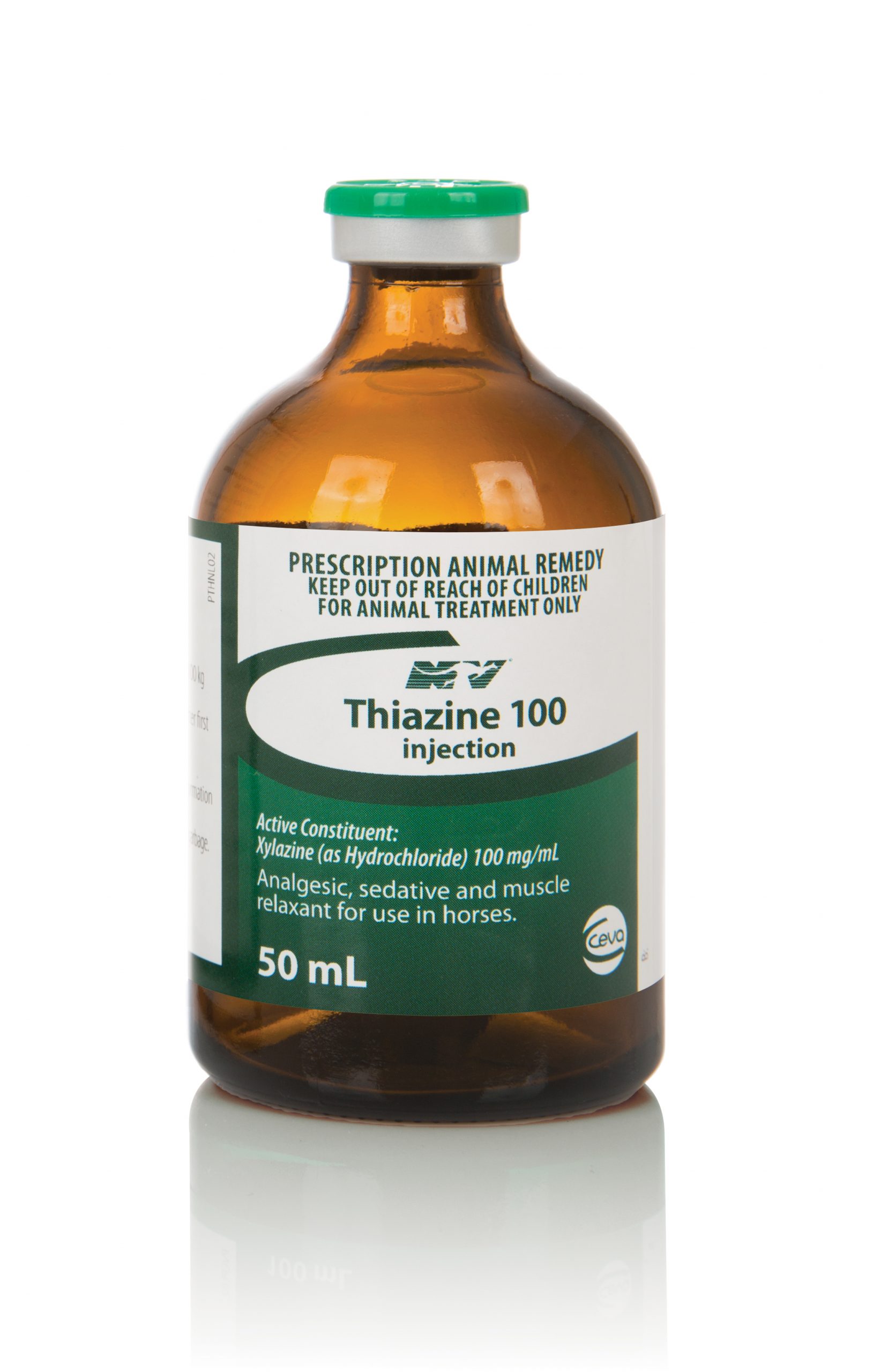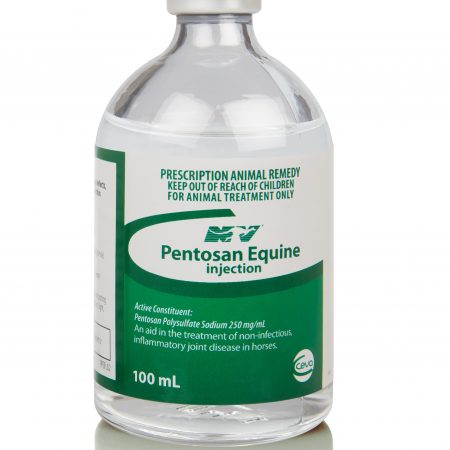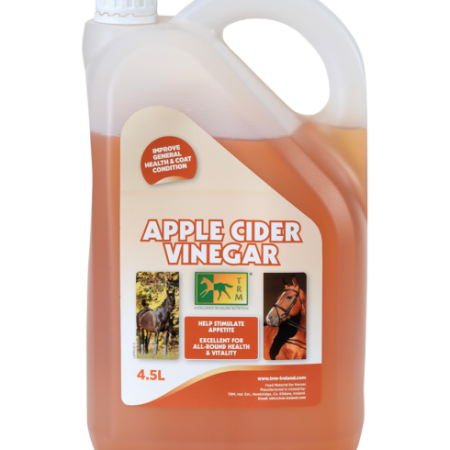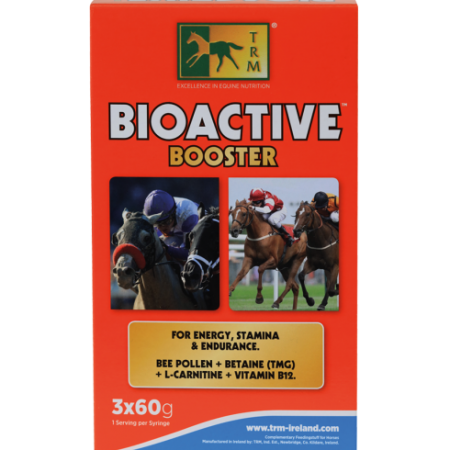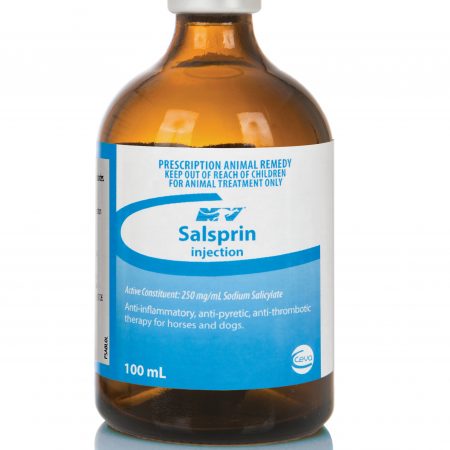Description
Xylazine is a non-narcotic sedative, analgesic and muscle relaxant with a rapid therapeutic response expected within 1 – 5 minutes of intravenous injection. Sedation is maintained for 1 – 2 hours, while significant levels of analgesia last 15 – 30 minutes. The duration and depth of analgesia and sedation achieved are dependent on dose and the temperament of the animal.
THIAZINE 100 has many clinical applications, including:
Radiography: To calm animals and reduce movement during radiography.
Diagnostic Procedures: During more painful &/or intricate procedures, such as endoscopy, catheterisation, peritoneal tap or ophthalmic, rectal or vaginal examinations.
Minor Surgical Procedures: To assist with procedures such as bandage changes, cast application and removal, and minor suturing and surgical procedures under local anaesthesia.
Anaesthesia: In combination with Ketamine to induce full surgical anaesthesia. Post-anaesthesia to smooth difficult recoveries.
Spasmodic Colic: THIAZINE 100 may be used as an analgesic/sedative in spasmodic (hypermotility) colic, however it is contraindicated in cases of obstructive colic or ileus as xylazine will further reduce gut motility.
DOSAGE AND ADMINISTRATION
This guide should be considered as a base from which dosage can be modified to effect, according to the depth and duration of analgesia or sedation required.
Effect Route Dose
Mild Sedation Intravenous (slow) 0.25 – 0.5 mg/kg (i.e. 0.25 – 0.5 mL per 100 kg bodyweight)
Heavy Sedation Intravenous (slow) 1.1 mg/kg (i.e. 1.1 mL per 100 kg bodyweight)
Heavy Sedation Intramuscular 2.2 mg/kg (i.e. 2.2 mL per 100 kg bodyweight)
Spasmodic Colic Intravenous (slow) 0.5 mg/kg (i.e. 0.5 mL per 100 kg bodyweight)
Intravenous administration induces a more rapid response, of shorter duration, than with intramuscular administration.
Any unused portion of product should be discarded 3 months after first broaching the vial.
Not recommended for use in animals with cardiovascular or cardiac disease, shock, hypotension or hypertension, respiratory depression, renal or hepatic disease. It is normal for xylazine to produce cardiopulmonary depression (decreased heart and respiratory rates and cardiac output), particularly with intravenous administration. These effects are transient, but may be significant in cases of cardiopulmonary disease or shock. Xylazine is contraindicated for intra-arterial administration, obstructive colic or ileus, mares in last trimester of pregnancy and/or concurrent administration with adrenaline. Animals which appear sedated may react suddenly and unpredictably to noise and painful stimuli. Exercise due caution when handling xylazine sedated horses as hypersensitivity to touch around the hindquarters may result in kicking.
Meat Withholding Period (Horses): 28 Days.

